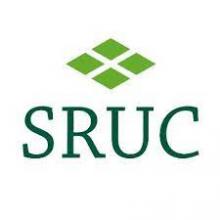Education and skills are provided by a range of providers, from training courses (eg City & Guilds NPTC & Lantra), professional development (eg NRoSO and BASIS), colleges and universities.
Connect here with important providers of education and skills for UK agriculture.
BASIS offers a range of training courses for advisers, farmers and land managers at all levels, from agronomy and nutrition to soil, water and biodiversity.
The Institue for Agriculture and Horticulture (TIAH) has recently been set up as the industry's professional body











